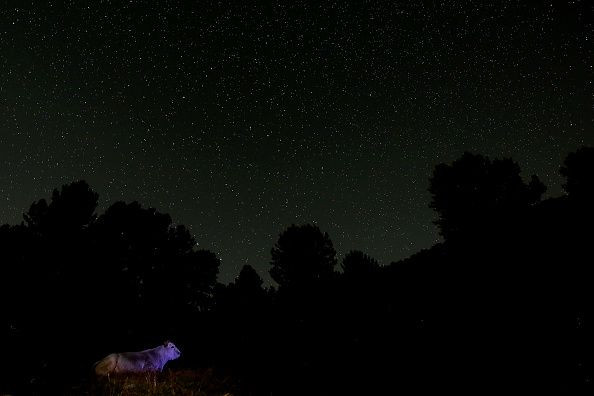Will An Asteroid Hit Earth? Czech Scientists Warn of Growing Risk

There is an increased risk that Earth will be hit by an asteroid from a meteor stream known as the Taurids, Czech astronomers said on Tuesday.
A group of astronomers from the Czech Academy of Sciences analyzed 144 bolides, large meteors that explode in the atmosphere, from the Taurids and found a new branch. They worked alongside researchers from Austria and Slovakia to compile a study. Two asteroids called 2015 TX24 and 2005 UR are members of this new, previously undiscovered branch. Both of these objects are on the International Astronomical Union’s list of “potentially hazardous” asteroids. They are estimated to be between 200-300 meters (220-330 yards) in diameter.
READ: Ancient Lake On Mars Was Stratified, Had Oxygen That Varied Across Depths
The title of the study describes the new branch of the Taurid meteoroid stream as a “real source of potentially hazardous bodies.”
Each year in late October or early November, Earth passes through the Taurids, left behind by the comet Encke. This results in the Taurids meteor shower. The new branch that Czech astronomers have been monitoring is made up of objects moving together around the sun. It belongs to the Southern Taurids. Every few years, the earth is exposed to the new branch for about three weeks.
"Most probably, the branch also includes many undetected asteroids which are dozens of meters in diameter or larger," the Czech Academy said in a press release. "During this period, the probability of a collision with a larger object (of about dozens of meters in diameter) is markedly higher."
READ: Can Planets Near Red Dwarf Stars Support Life? NASA Says Don't Bet On It
These asteroids are fragile, but the possibility exists that they may penetrate the atmosphere and seriously collide with earth. The danger of a crash with an asteroid grows every few years when the Earth encounters this new branch, according to the Czech Academy.
Although the astronomers conducted an intensive study, they still urge further research to get “a better description of this real source of potentially hazardous objects large enough to cause a local or even continental disaster.”
© Copyright IBTimes 2024. All rights reserved.





















